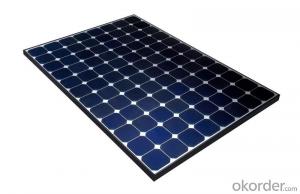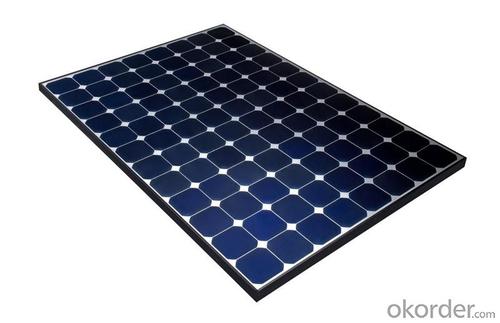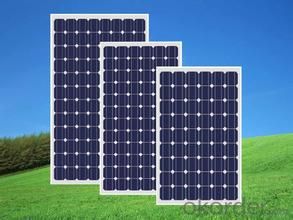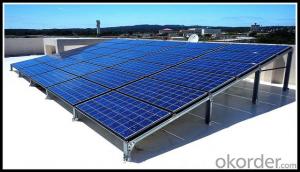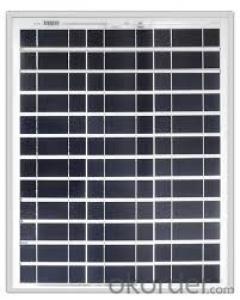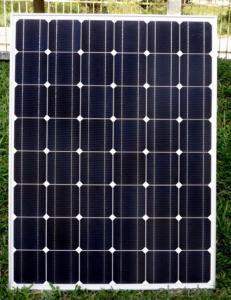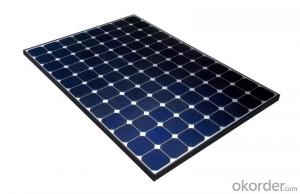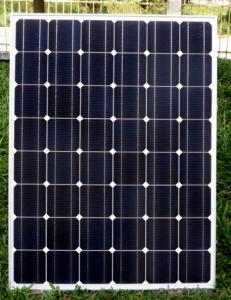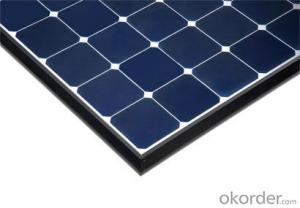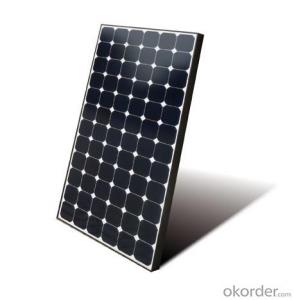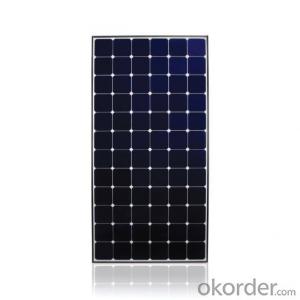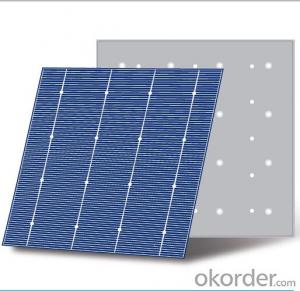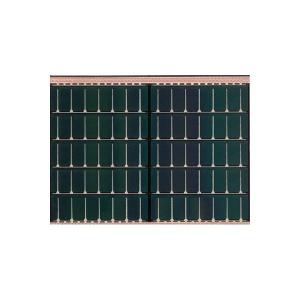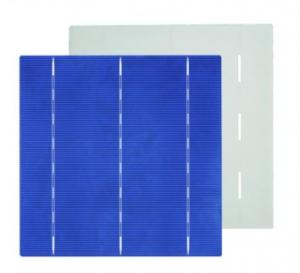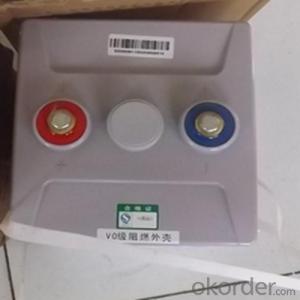Hobby Solar Cells - Poly Solar Panel 100W A Grade with 12 Years Warranty
- Loading Port:
- Shanghai
- Payment Terms:
- TT OR LC
- Min Order Qty:
- 100 watt
- Supply Capability:
- 1000 watt/month
OKorder Service Pledge
OKorder Financial Service
You Might Also Like
Specification
Poly Solar Panel 100W A Grade with 12 Years Warranty
Production description
PV systems range from small, rooftop-mounted or building-integrated systems with capacities from a few to several tens of kilowatts, to large utility-scale power stations of hundreds of megawatts. Nowadays, most PV systems are grid-connected, while off-grid or stand-alone systems only account for a small portion of the market.The International Energy Agency projected in 2014 that under its "high renewables" scenario, by 2050, solar photovoltaics and concentrated solar power would contribute about 16 and 11 percent, respectively, of the worldwide electricity consumption, and solar would be the world's largest source of electricity. Most solar installations would be in China and India.[2]
It may also use a solar tracking system to improve the system's overall performance and include an integrated battery solution, as prices for storage devices are expected to decline. Strictly speaking, a solar arrayonly encompasses the ensemble of solar panels, the visible part of the PV system, and does not include all the other hardware, often summarized as balance of system (BOS). Moreover, PV systems convert light directly into electricity and shouldn't be confused with other technologies, such as concentrated solar power or solar thermal, used for heating and cooling.
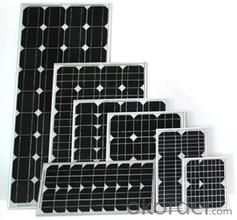
Application
Commercial
Industrial
Residential
Product Feature
12 years quality warranty 25 years performance output.
Free for less than 5 pcs sample requirement
Free to replace or repair or refund if products fail to conform to the PI requirement.
Packaging
28pcs into carton 2carton into pallets 28pallets into a 40ft container
Delivery
After 25 days for manufacturered goods as soon as we received full payment.
After 10 days for stock goods as soon as we received full payment.
- Q: What is the impact of solar cells on reducing energy waste?
- Solar cells have a significant impact on reducing energy waste by harnessing the sun's energy and converting it into electricity. By utilizing renewable and clean energy sources, solar cells contribute to reducing the dependence on fossil fuels, which are finite and contribute to environmental pollution. Additionally, solar cells help decrease energy waste by generating electricity at the point of use, minimizing transmission and distribution losses.
- Q: How do solar cells perform in areas with frequent earthquakes?
- Solar cells are designed to withstand earthquakes to some extent, but the performance can be affected depending on the severity of the earthquake. If the solar cells are properly installed and secured, they can generally withstand moderate earthquakes without significant damage. However, in areas with frequent and strong earthquakes, additional measures like reinforced mounting systems may be necessary to ensure the long-term performance and durability of the solar cells.
- Q: How do solar cells perform in areas with frequent tornadoes?
- Solar cells can still function effectively in areas with frequent tornadoes as long as they are properly installed and secured. While tornadoes can cause significant damage to infrastructure, including solar panels, advanced mounting systems and sturdy installations can help mitigate the risks. Additionally, solar cells are designed to withstand various weather conditions, including high winds. However, if a tornado directly hits a solar installation, it may cause damage that would require repairs or replacements.
- Q: What is a polymer solar cell and how does it work?
- Polymer solar cells are actually like all the other solar cells, the polymer solar cell converts light into electricity, by converting light into a current.
- Q: Can solar cells be used to power an entire household?
- Yes, solar cells can be used to power an entire household, depending on the size of the solar panel system and the energy needs of the household. A properly designed and adequately sized solar power system can generate enough electricity to meet the daily energy requirements of a household, providing clean and renewable energy.
- Q: How do solar cells perform in high altitude regions?
- Solar cells perform more efficiently in high altitude regions due to several factors. Firstly, high altitudes often have less air pollution, which means there are fewer particles in the air that can block or scatter sunlight. This allows solar cells to receive more direct sunlight, resulting in increased energy production. Additionally, solar cells operate more efficiently at lower temperatures, and high altitudes generally have cooler temperatures compared to lower elevations. Cooler temperatures help to reduce heat-related losses and improve the overall performance of solar cells. Therefore, solar cells in high altitude regions tend to generate more electricity and have higher conversion rates.
- Q: What is a good introduction of solar cell?
- A professional presentation will be very impressive.
- Q: Can solar cells be used for powering electronics?
- Yes, solar cells can be used to power electronics. Solar cells convert sunlight into electricity, which can be used to power a wide range of electronic devices, from small gadgets like smartphones and calculators to larger appliances like laptops and even homes.
- Q: What is the impact of solar cells on reducing air pollution from power generation?
- Solar cells have a significant impact on reducing air pollution from power generation. By harnessing the sun's energy to produce electricity, solar cells generate clean and renewable power without emitting pollutants such as greenhouse gases, particulate matter, and toxic chemicals. This shift towards solar energy helps decrease the reliance on fossil fuel-based power plants, which are major contributors to air pollution and climate change. As solar cells continue to become more efficient and affordable, their adoption can play a crucial role in improving air quality and mitigating the harmful effects of power generation on the environment.
- Q: Can solar cells be used in large-scale power plants?
- Yes, solar cells can be used in large-scale power plants. Large solar power plants, also known as solar farms or solar parks, employ thousands or even millions of solar panels or solar modules to convert sunlight into electricity. These power plants are capable of generating significant amounts of renewable energy, contributing to the overall energy grid and reducing dependence on fossil fuels.
Send your message to us
Hobby Solar Cells - Poly Solar Panel 100W A Grade with 12 Years Warranty
- Loading Port:
- Shanghai
- Payment Terms:
- TT OR LC
- Min Order Qty:
- 100 watt
- Supply Capability:
- 1000 watt/month
OKorder Service Pledge
OKorder Financial Service
Similar products
Hot products
Hot Searches
Related keywords
